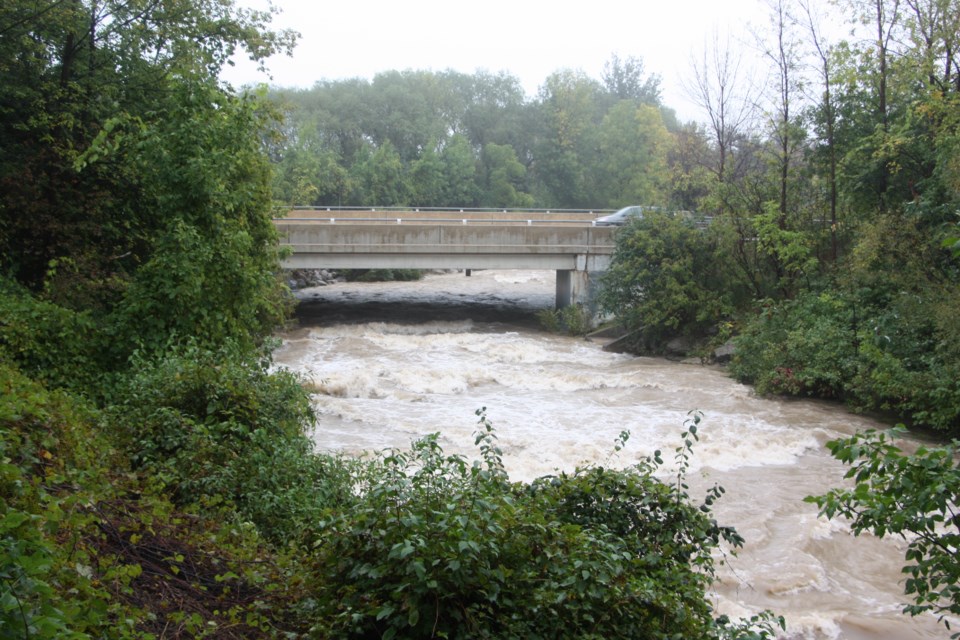NEWS RELEASE
NOTTAWASAGA VALLEY CONSERVATION AUTHORITY
************************
The Nottawasaga Valley Conservation Authority and the Town of Collingwood will continue maintenance activities on the Pretty River Dike starting Oct. 9, 2023.
In 2021 and 2022, small woody material such as small trees and large shrubs were removed from the dike south of Hume Street (see Sections 5 and 6 of the map). This work will continue in Section 4 in 2023, from Hume Street to the Pretty River Parkway. Trail users have the option to use the concrete multiuse pathway along the Pretty River Parkway or travel along Raglan Street as a detour.
“As crews work to remove this vegetation, residents are reminded to stay well away from Section 4 of the dike,” said Chris Hibberd, Director of Watershed Management Services at NVCA. “Machinery such as wood chippers, chainsaws and excavators will be used and pose a hazard to unauthorized personnel.”
READ MORE: Work begins soon to clear dense vegetation on banks of Pretty River dike
The Pretty River Dike was designed in the 1970s to contain flood waters from the provincial regulatory storm event. Before the maintenance project began, the entire dike was covered in dense groundcover, trees and shrubs, which can slow down the flow of flood waters and reduce the capacity of the channel. This could lead to flood waters spilling over and causing property damage and threat to public safety.
When maintained properly, it can protect residents and properties including homes and businesses, the Collingwood Public Library, Collingwood Museum and Central Park from flood waters.
To strike a balance between community safety, water quality and habitat protection, groundcover such as grasses and wildflowers will not be removed. These plants are important habitats for pollinators, including Monarch butterflies, which are a species of concern. Groundcover is also a great foraging source for many birds. Low shrubs such as dogwood and willows along the edge of the water will not be removed to continue to support fish and wildlife habitat.
Residents can learn more about the maintenance project by visiting Engage Collingwood.
*************************



